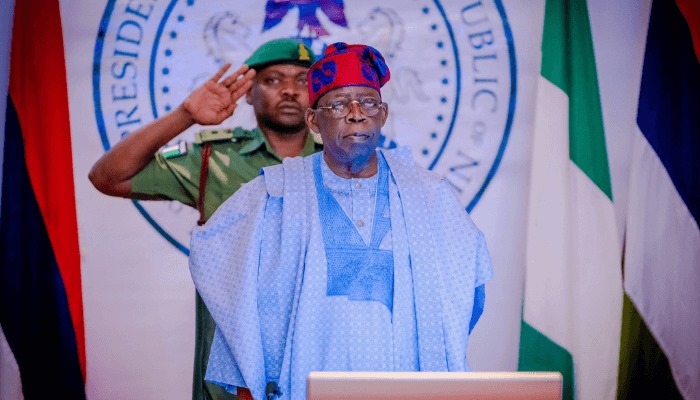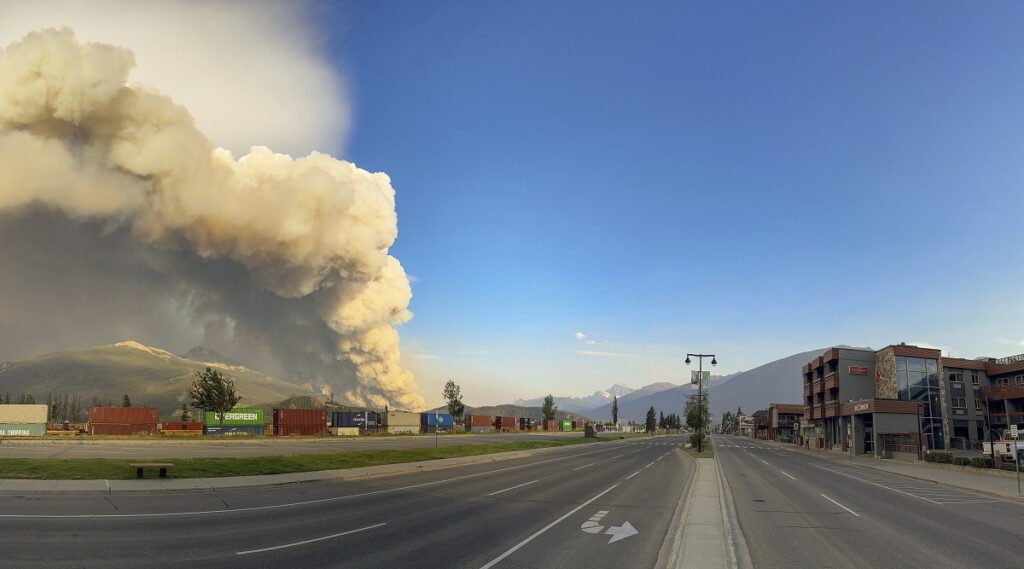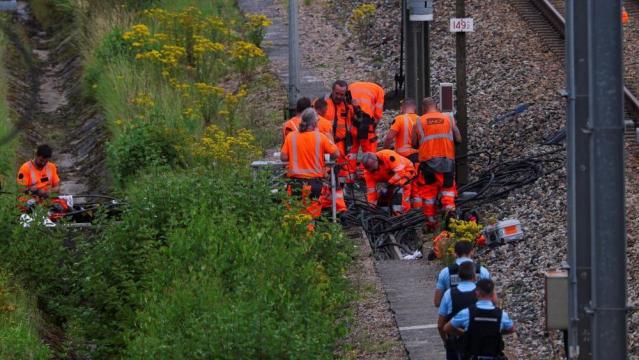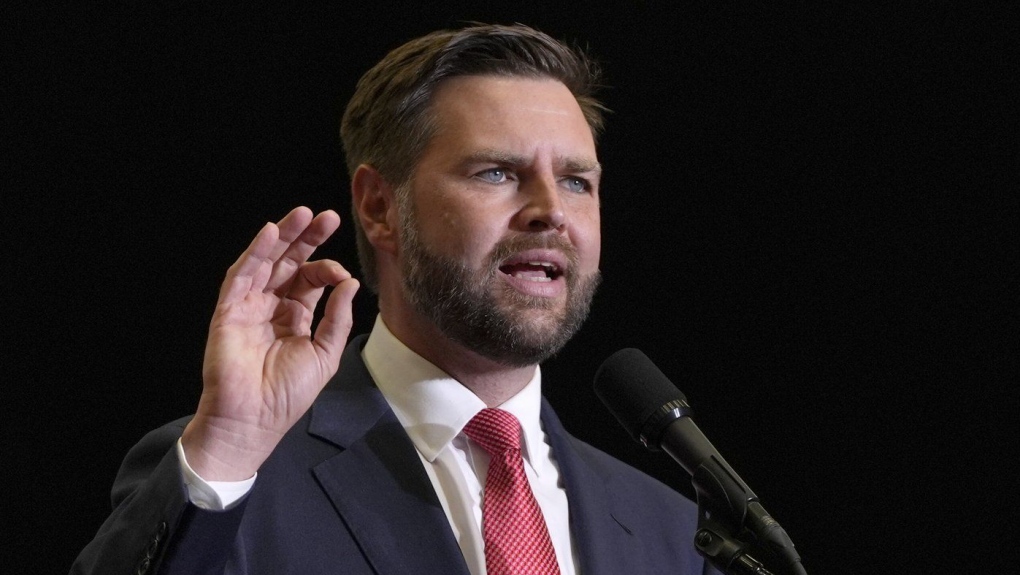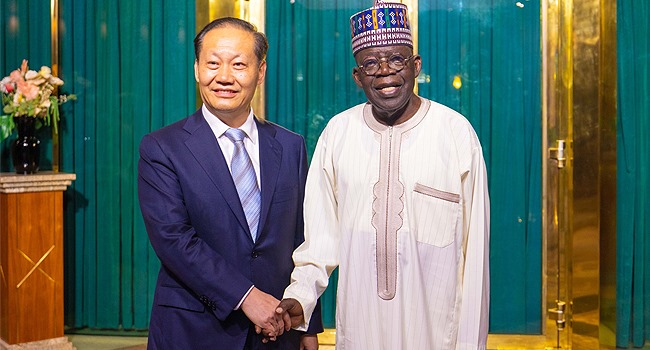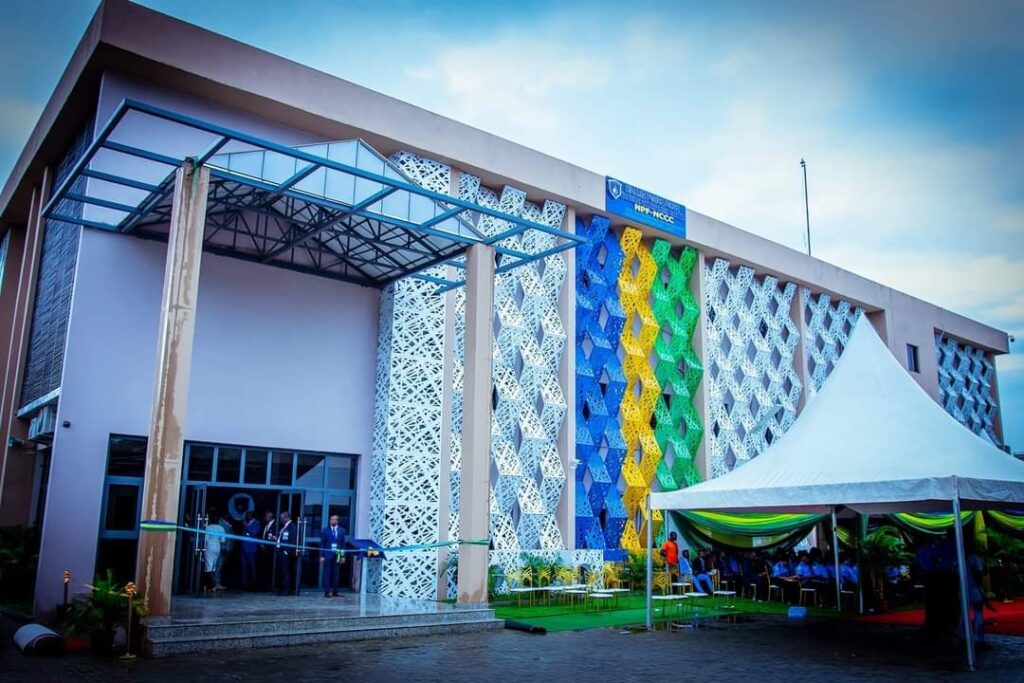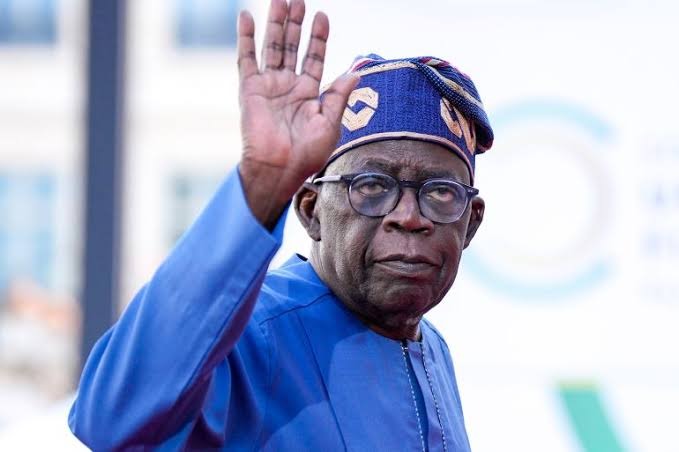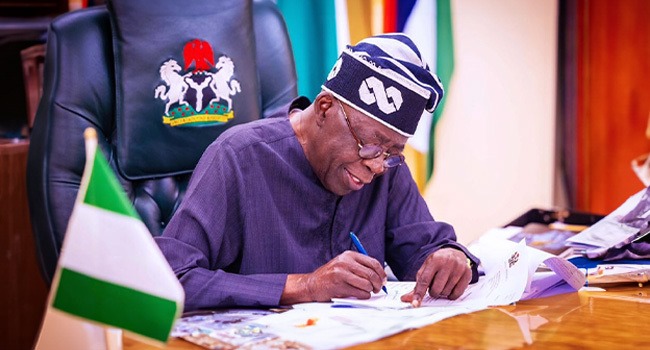North Korea has fired an intercontinental ballistic missile (ICBM) but it failed mid-flight, says the South Korean military.
The ICBM launch, the North’s seventh this year, sparked an alert in Japan – but fell short, landing in the sea.
Tensions are escalating amid fears the North will soon conduct a nuclear test.
On Wednesday both Koreas fired missiles near each other’s waters. The exchange saw the most number of missiles launched by the North in a single day.
North Korea’s multiple launches comes as the US and South Korea are staging their largest-ever joint air drills, which Pyongyang has strongly criticised as “aggressive and provocative”.
On Thursday North Korea fired a long-range missile at around 07:40 local time (23:40 GMT), according to a statement from South Korea’s Joint Chiefs of Staff. A source confirmed with the BBC that it was an ICBM.
It flew for about 760km (472 miles) and reached a height of around 1,920 km.
But the launch was “presumed to have ended in failure”, South Korea’s military said.
Pyongyang also fired two short-range ballistic missiles.
The launches led the Japanese government to issue a rare emergency alert on Thursday morning to residents in some of its northern regions, telling them to stay indoors.
Tokyo initially said the missile had flown over Japan, but Defence Minister Yasukazu Hamada later said it did “not cross the Japanese archipelago, but disappeared over the Sea of Japan”.
Prime Minister Fumio Kishida later condemned North Korea’s “repeated missile launches”, calling them an “outrage”.
The US said the launch demonstrated the threat North Korea’s missile programme poses to neighbours and international peace and security.
“Our commitments to the defence of the Republic of Korea and Japan remain ironclad,” a state department spokesman said.
Meanwhile South Korea’s Vice Foreign Minister Cho Hyun-dong and US Deputy Secretary of State Wendy Sherman said the launches were “deplorable, immoral” during a phone call on Thursday, according to South Korea.
After the ICBM launch the US and South Korea agreed to extend their joint air drills beyond their scheduled end date of Friday, South Korea’s Air Force said.
It comes just a month after North Korea launched a ballistic missile over Japan – the first time it had done so in five years.
The North has tested a record number of missiles this year as tensions have risen.
Despite crippling sanctions, Pyongyang conducted six nuclear tests between 2006 and 2017 and is believed to be planning a seventh.
It has continued to advance its military capability – in breach of United Nations Security Council resolutions – to threaten its neighbours and potentially even bring the US mainland within striking range.
Wednesday’s launches saw one of Pyongyang’s ballistic missiles cross the Northern Limit Line (NLL), a disputed maritime border between the Koreas.
It landed outside South Korea’s territorial waters but was the closest a North Korean missile got to the border.
Seoul responded with warplanes firing three air-to-ground missiles that also crossed the disputed maritime demarcation line. It fired a total of 23 missiles on Wednesday.
And they were launched from various points across the country, according to Kim Jong-dae, a visiting scholar of Yonsei Institute for North Korean Studies.
“South Korea and the US believe that if they find the starting point of the provocation, they can precisely strike it. But there are starting points all over North Korea, and North Korea is posing multi-dimensional, systematic and simultaneous threats that they can fire (missiles) anywhere in their land. This is a situation which I’ve seen for the first time,” he told local news channel YTN.
With accelerated activity from North Korea since late September, “the end of this is likely to be the seventh nuclear test, to prove their nuclear capabilities and determination,” Park Won-gon, North Korean studies professor at Ewha Woman University, told the BBC.
“It’s unrealistic to expect North Korea to denuclearise, as it wants de facto nuclear state status to sit on the negotiation table with the US.”


